It's no secret that I'm a big fan of Fujifilm cameras, and their Instax cameras are part of the reason why. I've owned several Instax cameras over the last few years, and now the SQ6 might just be the best one yet.
The Instax SQ6 is the first proper square format film camera from Fujifilm. Although the Instax SQ10 has been available for some time now, it's not a true square format film camera. The SQ10 is actually a camera with a 1/4" sensor and printed images are a product of that small sensor. The SQ6, on the other hand, is completely a film camera, and the film size it uses is significantly larger than full-frame. Due to that, the image quality from the SQ6 is going to be different from the SQ10, to say the least.
Specs
The large film format means that even with the relatively long focal length of around 65mm, you do have a pretty wide angle of view. The aperture isn't the widest at f/12.6, meaning that in lower light scenarios, it can be a little tricky getting the right exposure. The aperture in this camera is, however, the widest currently available on any Instax camera, and the shutter speed does go all the way down to 1.6 seconds. Both of these factors make this camera the best yet when it comes to getting better exposure without needing to use flash. Speaking of the flash, I highly recommend against using it in any circumstances, because it leaves you with washed out images that really defeat the whole look I think this camera is capable of. When using flash, the images look more like something from a smartphone as opposed to a larger film format camera. In previous Instax cameras, you couldn't switch the flash off, so the fact that you can on the SQ6 and shoot with a slower shutter speed is a very welcome addition.
Portability
The SQ6 is much smaller and lighter than my previous camera, the Instax 300 Wide. The 300 Wide does use a larger film format, however, it was a little unwieldy and a bit of a pain to take anywhere, especially on shoots with other gear. The SQ6 is far more portable and fits in my bag very comfortably. I carry it with me on most occasions, and the film size is still large enough that it produces meaningful images. It's effectively the perfect balance between the mini film which I never got into and the larger wide film. In fact, I love the smaller size so much that I actually gave away my 300 Wide because the SQ6 has completely replaced it for me. This is a small, light, medium format film camera that literally fits in your pocket. Portability lends directly to practicality, and if you're having to decide whether or not you take a camera due to its size, it's probably not the most practical option.
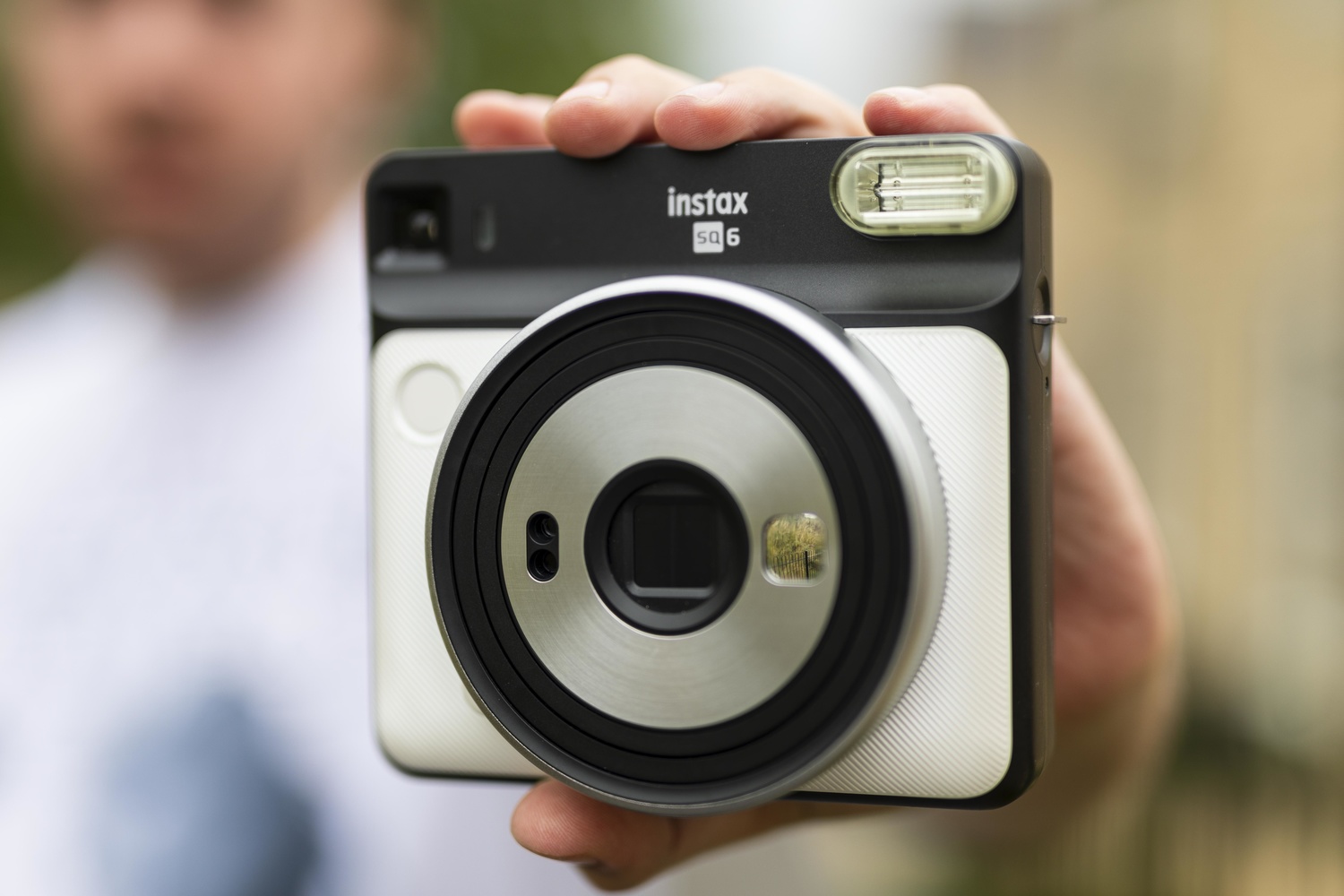
Ergonomics and Usability
This is an area where the camera could have been a little better. I understand that making a camera smaller will have some trade-offs, and ergonomics are one of the most obvious downsides. Don't get me wrong, for this particular camera, I'm glad it's smaller and a lot of the issues brought on due to that feature are forgivable, but it still needs to be mentioned. For one thing, this camera does not have a proper grip, so holding it to take a shot isn't the most comfortable thing in the world. Secondly, the shutter button is flush against the body, which is great from a design perspective but not great when trying to take a shot. Couple that with where the viewfinder has been placed and taking a picture with this camera is rather uncomfortable. I really don't understand why the viewfinder is on the right-hand side of the camera; it's a square camera, so placing on the left side would have worked. If you're left-eye dominant, then because the shutter button and viewfinder are in line with one another, your hand will more than likely come in the way. If you're right-eye dominant like myself, then your face is in the way. Also, the viewfinder size is much smaller compared to my older Instax camera like the 210 Wide. It's difficult to look through and frame the shot effectively. The film isn't exactly cheap, and if you don't frame the shot properly, it's a pricey missed shot.

In many areas, this camera does take a few steps back when it comes to usability and ergonomics. Even with that, I find that I still love using the camera and many of the issues are minor points at best.
Image Quality
As with most film, dynamic range isn't exactly great on this camera, but that's to be expected. Personally, I've always found dynamic range to be overrated, so it doesn't bother me very much. As long as you understand the limitations, you can learn to work around them. The different modes allow you to control the exposure slightly in that you can shoot slightly overexposed or underexposed. I tend to find shooting overexposed images works best, because once the film develops, the results are quite contrasty.
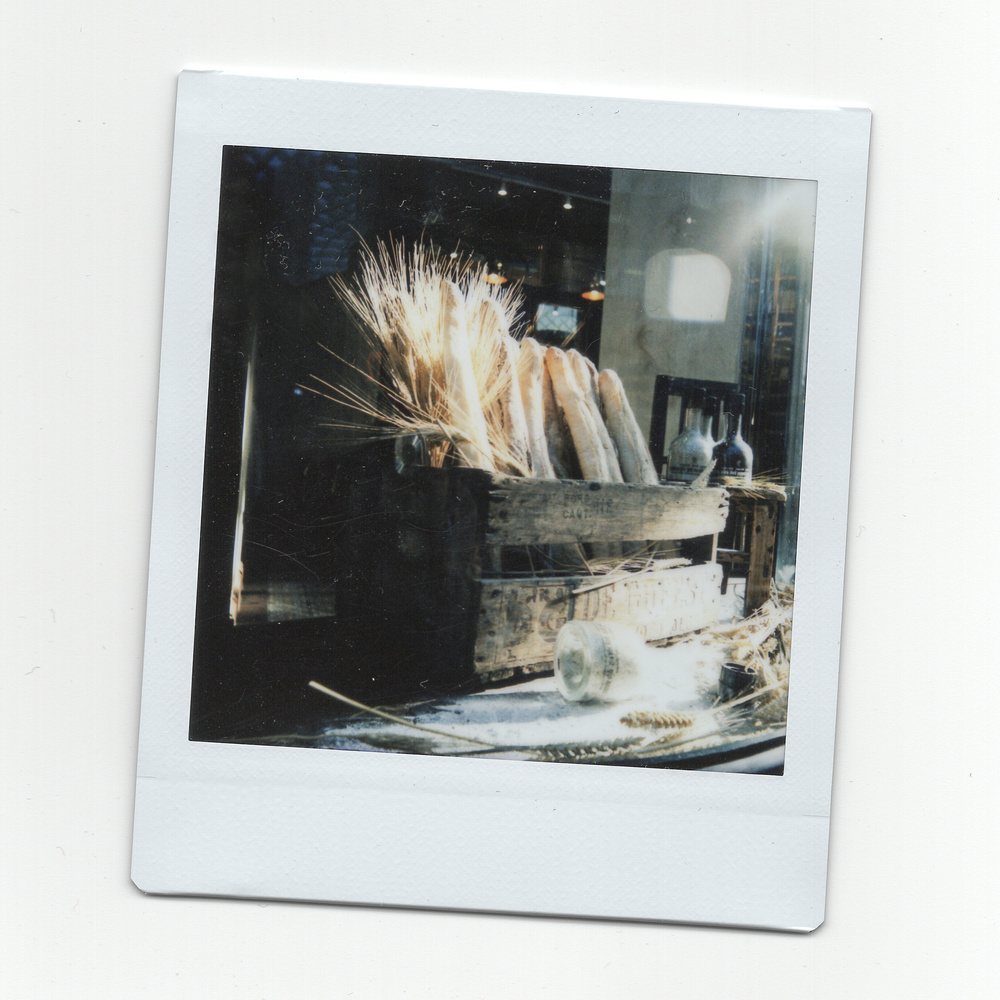
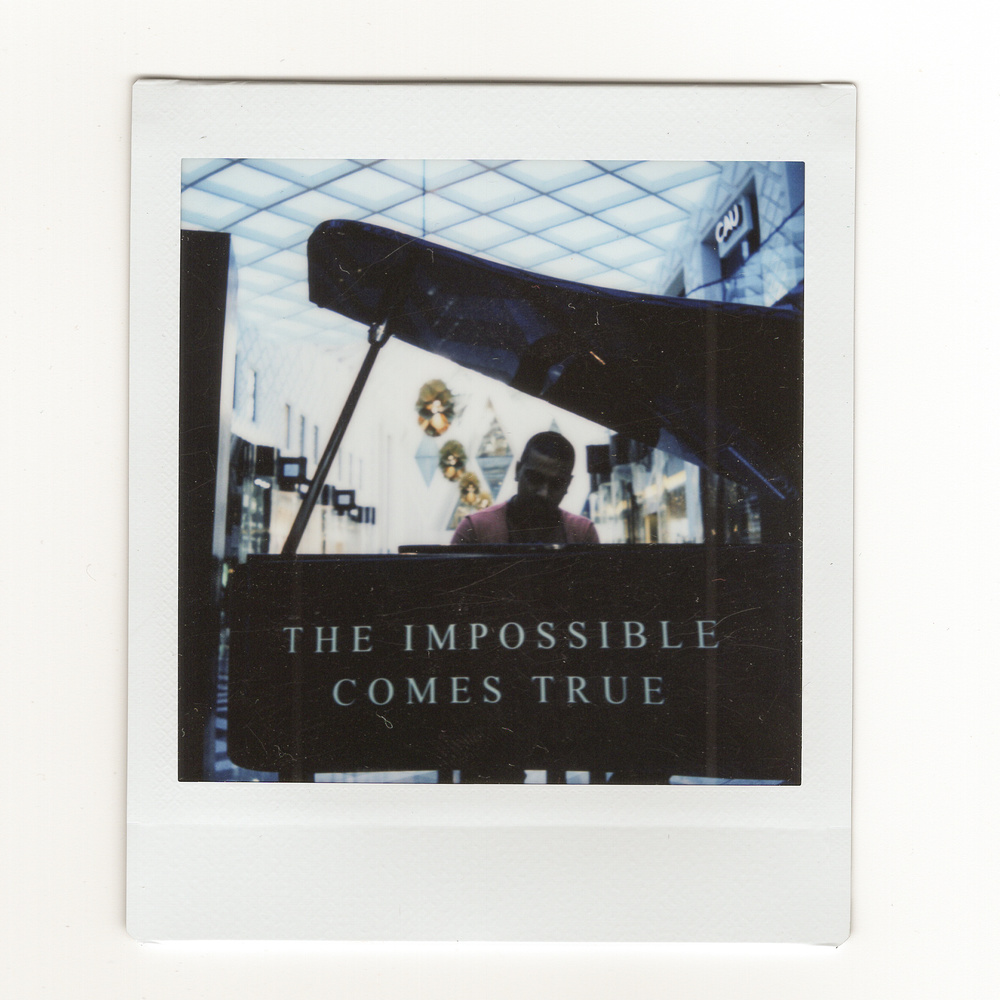
Image by Darleen Klug
This is also the first Instax camera that I enjoy shooting with in low-light situations. The longer shutter speed and ability to switch off the flash make for more pleasing results. Previous Instax cameras forced you to shoot with the flash, which meant that the subject would be somewhat well exposed, but the background would completely dark. Not a great look in my view. The results from the SQ6, however, look significantly better and much more natural.

Even the colors are super pleasing to look at. They're not only vibrant, but they're also pretty accurate.

Image by Darleen Klug
What I Liked
- You can finally switch the flash off. Seriously, I can't tell you how happy I am with that.
- A proper Instax square format film camera.
- Portability, such a useful thing.
- Image quality and look.
- Each image feels like it has more value.
- Reasonably priced camera.
What I Didn't Like
- Small viewfinder making it somewhat difficult to look through.
- Viewfinder placement, having it on the left side would have been a much better solution.
- Ergonomics, somewhat uncomfortable to shoot with.
- Relatively pricey film.
Final Thoughts
The images this camera produces have this aesthetic to them that I absolutely love. Each image from this camera tends to have more value in my mind. This may be partly due to the actual cost of the film; they're not exactly the cheapest per shot and the cost can add up. Even still, I really enjoy shooting with this camera; it's a heck of a lot of fun and does have this social aspect to it. People enjoy having their pictures taken with this camera and taking pictures with it. The nostalgia is definitely there, and the fact that this camera is far more portable than the wide format cameras makes it very practical. The few minor flaws with ergonomics and usability really do not detract from the overall experience, and I properly recommend this camera. Ultimately this is an incredible upgrade for anyone who enjoys shooting with Instax cameras. It retails for just over $100 and can be purchased here: Fujifilm Instax Square SQ6.

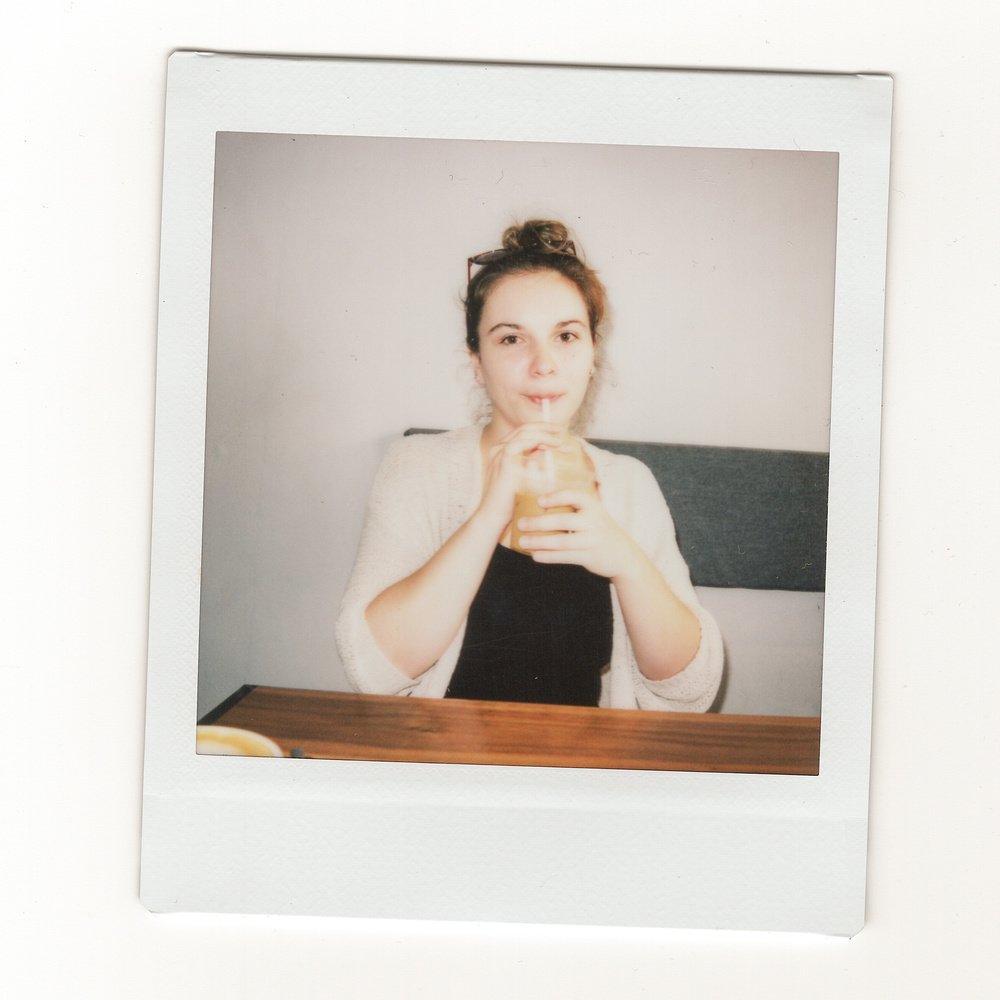
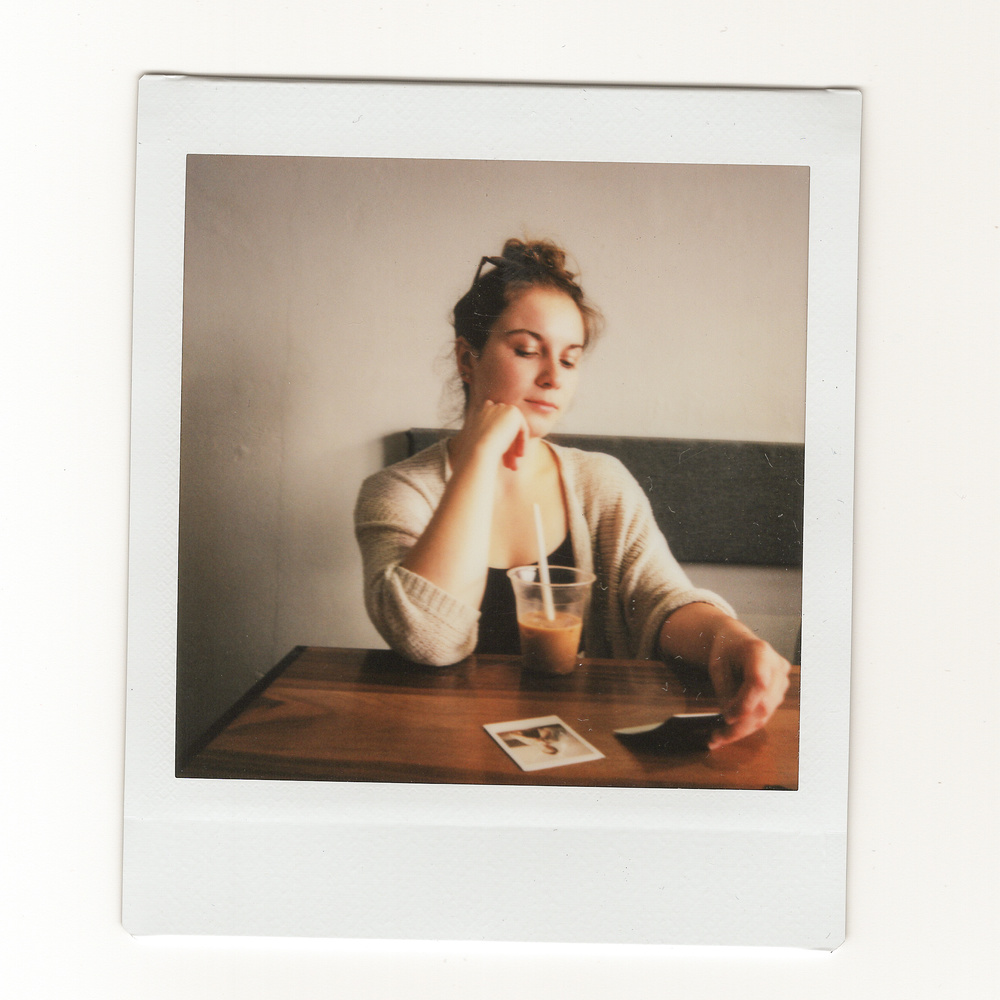






I read "square" and "Insta..." so I was surprise that Instagram got a dedicated camera to post square pictures directly online for less than 100 USD...
"Dynamic range is overrated"? And you consider this medium format? That means my phone is medium format? What?
Sensor size or film size dictates the format not dynamic range. Also the look of film is going to be vastly different from anything a smartphone can currently produce.
I agree with Don. First, I don't think his comment linked DR with medium format. Second, your generalization about film lacking in DR and calling this medium format make no sense.
It is medium format film. The film area is larger than all current digital medium format camera sensors.
It's actually bigger than "standard' medium format 6x6 film frame (62mm > 56mm)
No you’re right sorry I meant instant film not all types of film, just read back what I wrote. It’s a comment specially about instant film.
Thanks for the review. The price for this is pretty good, lower than for the Fuji WiFi printer that uses the same film. Have you tried that option, by any chance?
I'm sure that would eliminate the spontaneous nature of one of a kind prints, but it might save a few bucks.
My memory has "conveniently" forgotten how much I used to spend on packs of Polaroid film, often for pictures that would be tossed away for some reason.
One time I had fun using it at toll booths on the highway. I took a picture of the (surprised) operator, then handed it to him before driving off. Of course that was back when they had tool booths with operators... also, nowadays you might be arrested for doing that.
I haven’t tried the printer but in my discussions with Fuji, they’ve asked if I could look at possibly reviewing their portable printer. I’ll see if I can get hold of one. Personally it’s not something I’ve looked at buying myself because I much prefer the actual instant film cameras but then I could be wrong and the printer might be pretty awesome.
Thanks for the reply. Sorry, hadn't meant to change the subject from your main point about this camera. My practical (stingy) thoughts led me to consider the printer rather than the camera. I do believe the camera can offer serendipity and magic...also you gotta love a square picture.
No need to apologise :), you're very welcome to discuss things.
I think you'll probably end up saving money over the long term with the printer because you're not going to waste film on missed shots.
I have already shot hundreds of squares with it and must say it is awesome - ofcourse ergonomics and strange grouping of modes under one button are unfortunate, but... LOVE IT :D
black frame FTW! <3
Konrad, the lighting in this series is AMAZING. can you explain a little the conditions you were shooting in?
the SQ6 lens is so good that this picture almost doesn't look like instant film.
Hah, thanks ;) We were shooting some sporty-fashion for fun on spiral stairs of quite high tower. For most of the time we had harsh sun but there started to appear small translucent clouds, then the sky covered with thin layer, which acted like a really cool softbox.
The lens on this camera is really good, but you need to nail distance - for closeups I measured my paracord strap so it's full length is 50cm (far end of in-focus area for macro)
I'm really amazed by colors - skin is perfect, and this steel-blue of concrete makes beautiful contrast.
And I think Fuji should make black frame default for instaxes :P
Great work!
yes, the SQ6 is a wonderful tool to work with. My unit focuses considerably shorter than 50cm in close-up mode, I have measured it around 35cm, and has an interesting blurriness.
black frame is cool, but it doesn't work with every scenario: I like it a lot if the scene is particularly blue but bright, or has A LOT of saturation, or it's partially desaturated as in your case. Those skin tones are gorgeous indeed!
I'm really happy to finally see this camera here!
Stop comparing oranges and hazelnuts, these cameras need to be approached with the most open mind possible, otherwise you'll keep looking at it as toy cameras for the selfie-addicted teens. and they're not, they're powerflu tools that let you create beautiful images, if you care to learn how they work: It's a great way to learn photography, which is more about the "seeing" process, and less about the technical specs like dynamic range or whatnot.
Am I allowed to show off some of the images I'm making with it?
https://www.instagram.com/p/BlXQkOohx7T/
https://www.instagram.com/p/BlpSJVTgpv5/
https://www.instagram.com/p/BmDKua9hmmd/
I've been shooting instax film for the last 3+ years: it's part of my work now, and also my hobby. I started with a self-modified Mini90 that shoots real macro photos, and if you're curios about what you can do with it, you can find my collection here: https://www.instagram.com/huesample/
this happens when you play with ND and CTO filters at sunset:
Lighten/darken controls default to "auto" mode, meaning that sharp focus is .5-2m. For sharp photos 2m-infinity, choose "Landscape mode and use neutral density gels (over lens to darken and over sensor to lighten). A small Roscolux swatch book ($10) gives you a few densities. The #397 gel is 2/3 stop, the #97 is 1 stop, the #398 is 1.4 stops, and the #98 is 2 stops.